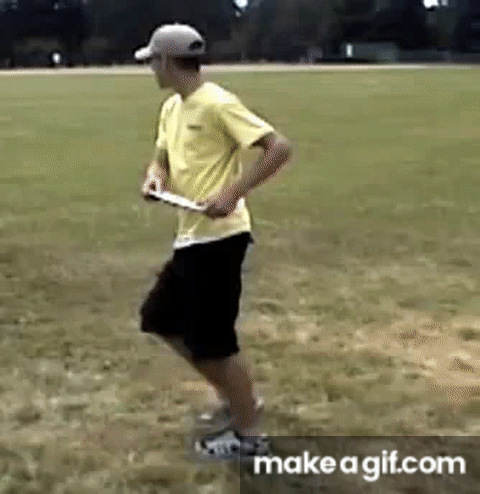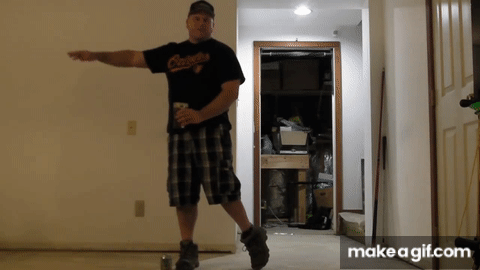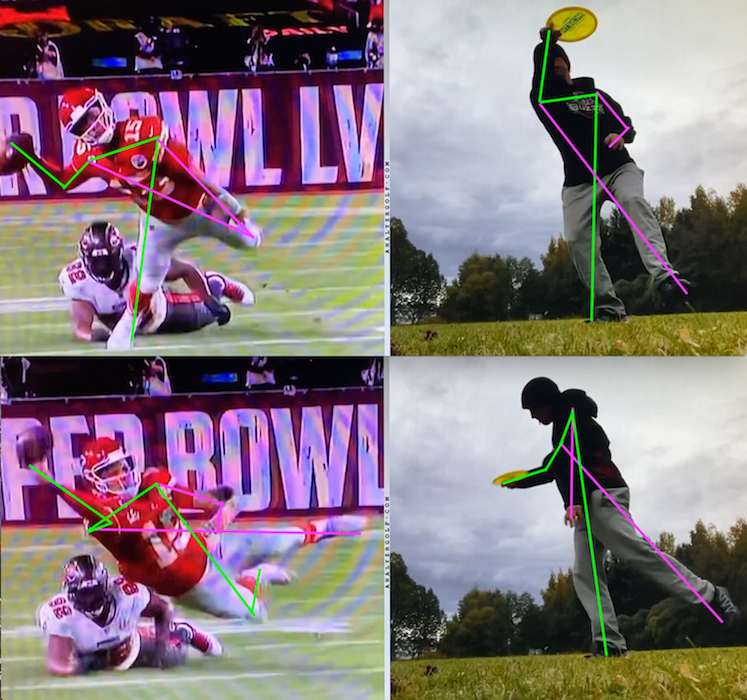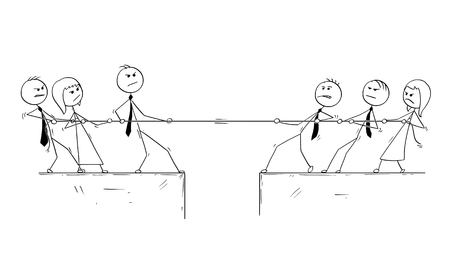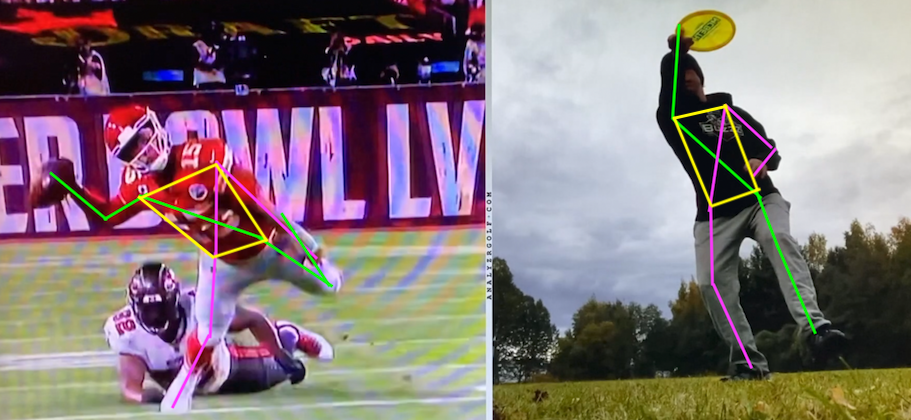The sling system is like a tug of war.
You can add or subtract people. The key is making one team pull at the same time and in the same direction. The same direction meaning that the direction of the pull is opposite to the other force working on the rope. The rope could bend around a big tree for example, and more people could pull on the the part of the rope that's going 90 degrees around the tree. They are still adding their force and pulling in same direction relative to the rope. Your body works in the same way.
I would say that the way you've been visualizing the sling is correct. The posterior oblique sling goes from the back hip to the opposite shoulder, and can be extended down the same leg and the same arm. The same goes for the anterior sling but it's going across the front of the body instead. (I would remove the green line going across the shoulders in SW's pic and also change the colors on the arms from green to pink and pink to green.)
Side note regarding the swim move (off-arm):
Imagine the same tug of war as before. If you want as much force on the rope as possible but still keep it balanced what would you do? If you add people on one side you have to add people on the other side, everyone needs to pull at the same time, and so on... Think about the off-arm in the same way. The posterior sling needs to move in sync with the anterior sling. It should feel like a big wave moving in towards the shore, building up. Not at sudden splash of water crashing down.



